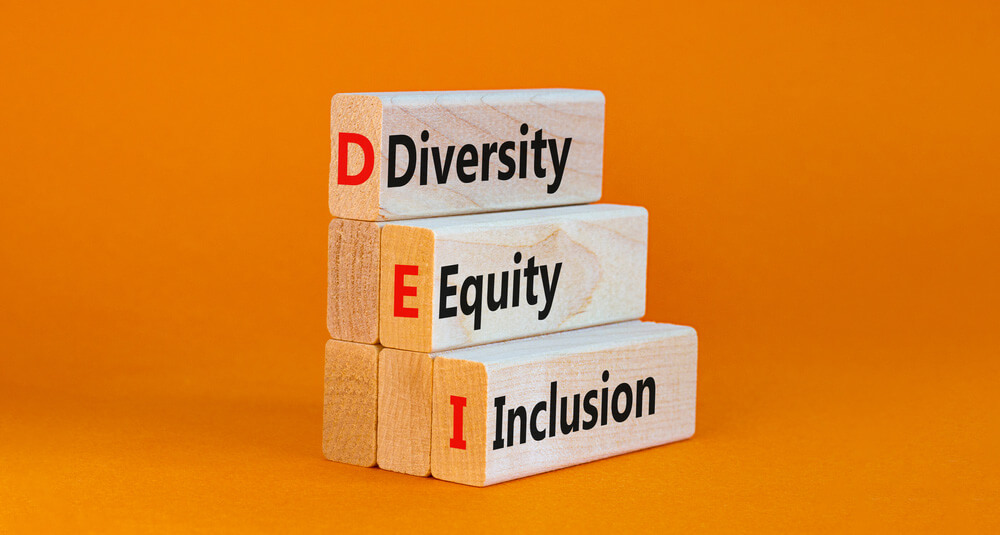The 8th of March, International Women’s Day, commemorates the progress made by women on equality.
Every year, as the month of March, known as National Women’s Month, approaches, conversations around diversity and inclusion spike up as well. The topic gains momentum but later the buzz ebbs away. However, in recent years, with the focus on ESG investing, the trends on inclusion are not short-lived and restricted to a month but are more deep-rooted as organisations work to bolster their ESG ratings. So much so that its significance has altered the composition of company boards, a transition that has made many company boards more diverse. Indeed, many European countries have mandated that 40% of their boards should comprise women, and in India, with listed companies, it is at least one female director.
Is an equitable workplace all about an increase in women’s participation or bridging the pay equality gap? A question that looms upon us!
In the Sustainability domain, we are bombarded with a lot of acronyms, from ESG to SDG to CSR and now to DEI. The abbreviation DEI (Diversity, Equity, and Inclusion) has become entrenched and begun to make it onto boardroom agendas. DEI is considered a potent tool for business growth and is a critical benchmark for organisations given it fosters a culture of creativity and fresh perspectives. E in DEI is for equity, not equality. But is it equality that is often to the fore as it’s easier to measure? Equality may be more instinctive, but equity is equally as important.
Even though it is an easy measure, the journey of equality has its own pitfalls. Does legislation alone support the improvement in DEI indicators? It appears that breaking the glass ceiling is not as easy as it appears! It’s quite disheartening to realise that gender discrimination is still prevalent in most spheres of life. According to a study, “Women in the workplace”, conducted by MIT Sloan Management Review, women are 41% more likely than men to experience toxic corporate culture. The research highlighted that pay inequity is one of the key factors for female leaders to quit work.
Furthermore, the aftermath of COVID-19 reversed the progress made so far in gender equality, thus widening the income gap further with a decline in women’s participation in the workforce. According to the Global Gender Gap Report by the World Economic Forum, at the current rate, it will take 132 years to close the gender pay gap from its original 100 years before Covid times in 2020. This narrative is similar to the Indian subcontinent, where a recent survey, “Women and Men in India 2022”, conducted by the National Statistical Office, revealed that the wage gap between men and women has widened, particularly in rural areas.
With the ongoing focus on ESG ratings, we observe many corporations to have taken DEI commitments to accelerate women’s participation in the workforce in order to build strong businesses. The World Economic Forum Global Parity Alliance projected about $15.4 Billion to be spent by 2026 for Diversity, Equity & Inclusion, up from $7.5 Billion in 2020. A gigantic leap! DEI has accelerated the agenda with more companies taking this as an imperative indicator. This is endorsed by Deloitte Research, which highlighted how companies in the top quartile with great DEI scores are more likely to have better financial returns in comparison to the companies in the bottom quartile which are less likely to achieve above-average returns.
Whilst some of the improvements in the role of women in business are to be applauded, it is short sighted to believe that by bridging the gap of gender pay equality and increasing women’s participation in the workforce, we would have hit the gender equity target.
An equitable workplace is about providing equal opportunities for all, regardless of gender, race, disability, characteristics, and possibly education, and building a culture where everyone feels supported in achieving their full potential. Hence, equity is about actively helping to create an equitable workplace. Looking through this lens of ‘equity’, one can allude that the needle on DEI will move only when diversity is addressed as a whole and not in a silo for a specific gender.
Across various dimensions of diversity, LGBTQ+ inclusion in the workplace is of utmost importance. And the truth is that we are far away from providing this community a safe environment without any prejudice. We require fundamental as well as attitudinal changes for the accomplishment of inclusion in all spheres. It begins with creating fair and inclusive workplaces to raise awareness and sensitisation given the discrimination faced by the LGBTQ+ community. Many queer recruits opt to quit the workforce with the embarrassment they experience and it’s upon the employers to ensure that they are not pushed into obscurity by making an inclusive workplace. This sounds easier said than done, and it is a mindset shift.
Inclusion of LGTBQ+ employees in the workplace is one of the most challenging tasks we now face and requires the creation of a safe ecosystem for the employee. The landscape is slowly transforming. However, the road ahead is long.
At our organisation, we undertook this arduous task of representing diversity in its true sense in our workplace. Our journey started with increasing women’s participation at the grassroots level within our Healthcare Programme for the Trucking Community, which is mainly a male-dominated field. Lately, we have recruited 12 members from the LGBTQ+ community across our pan-India locations for fieldwork to spread awareness on key topics such as HIV-Aids and Sexually Transmitted Diseases amongst the trucking community. For us, it’s about empowering our workplace and the communities we work in by fostering a culture of inclusivity.



